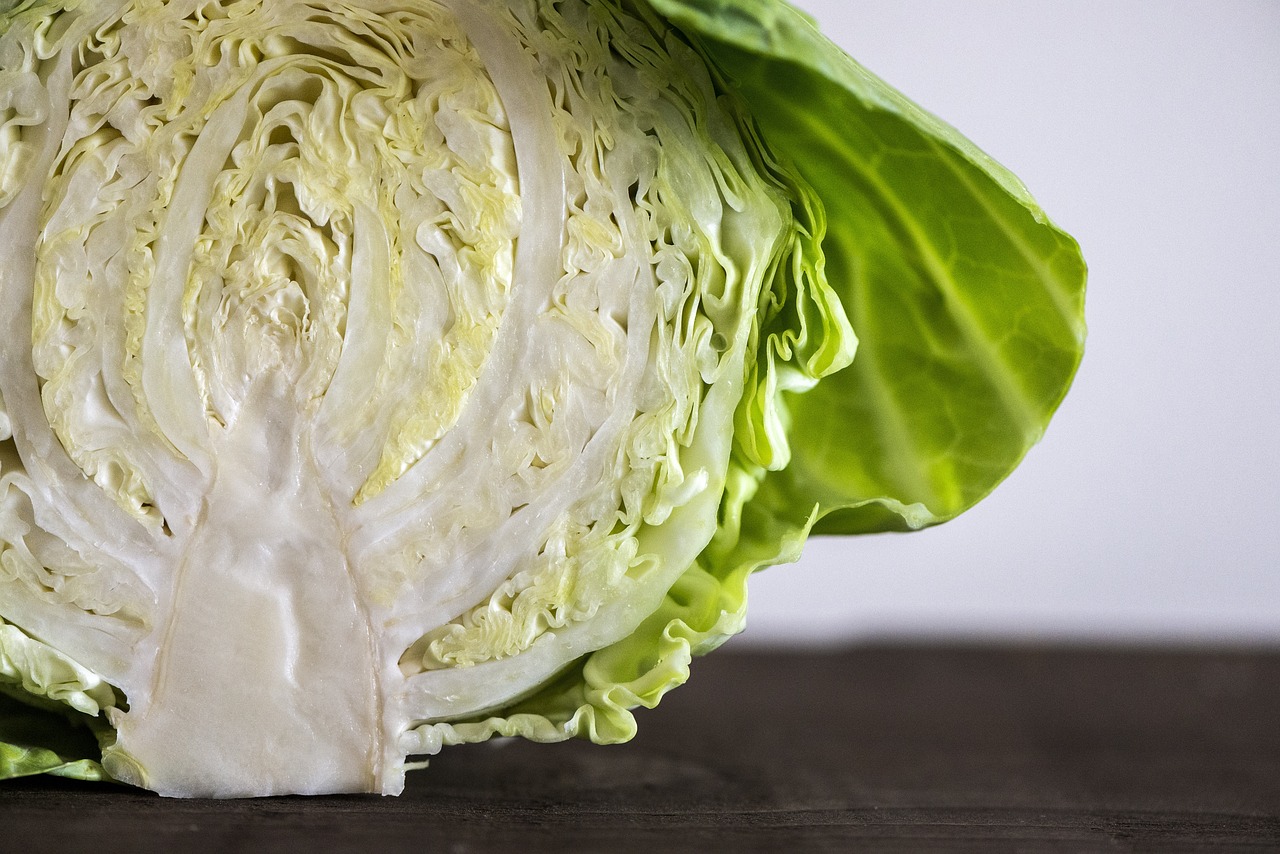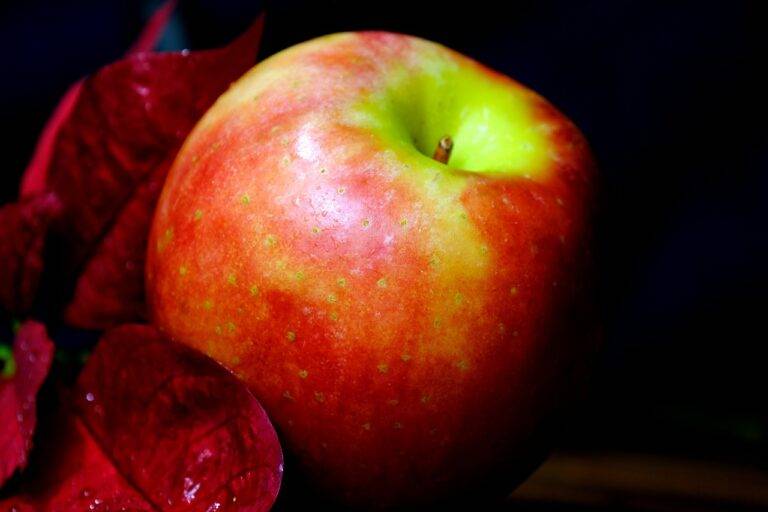The Science of Food Preservation: Traditional Methods vs. Modern Technologies
Food preservation is an age-old practice that dates back to ancient civilizations. Early humans utilized natural methods like drying, smoking, and fermentation to prolong the shelf life of food. In ancient times, salt was a precious commodity used for preserving fish and meats, while drying fruits and vegetables helped societies store food for times of scarcity.
As societies advanced, so did their food preservation techniques. The discovery of canning by Nicolas Appert in the early 19th century revolutionized the way food was stored long-term. This breakthrough paved the way for the industrialization of food preservation, allowing for widespread distribution of perishable goods. Over time, innovations such as refrigeration and freezing further extended the lifespan of food, transforming the way we consume and store nutrients.
Traditional Food Preservation Techniques
Food preservation techniques have been practiced for centuries by various cultures around the world. One traditional method is drying, where food is dehydrated under the sun or in a controlled environment. This process removes moisture from the food, inhibiting the growth of bacteria and mold.
Another common technique is pickling, which involves immersing food in a solution of vinegar, salt, and spices. This acidic environment prevents the growth of harmful bacteria and gives the food a tangy flavor. Pickled vegetables, fruits, and even meat have been popular choices for preserving food in many societies.
Modern Food Preservation Technologies
One of the most innovative methodologies in modern food preservation is known as high-pressure processing (HPP). This technique involves subjecting food products to extremely high water pressure, effectively eradicating harmful bacteria while maintaining the food’s nutritional value and flavor. HPP has become increasingly popular in the food industry due to its ability to extend shelf life without compromising the quality of the product.
Another cutting-edge technology in food preservation is the use of vacuum packaging. By removing air from the packaging, vacuum sealing inhibits the growth of microorganisms that require oxygen to survive. This method is particularly effective in preserving perishable items such as meats, fruits, and vegetables, as it helps prevent spoilage and extends the overall freshness of the food.





